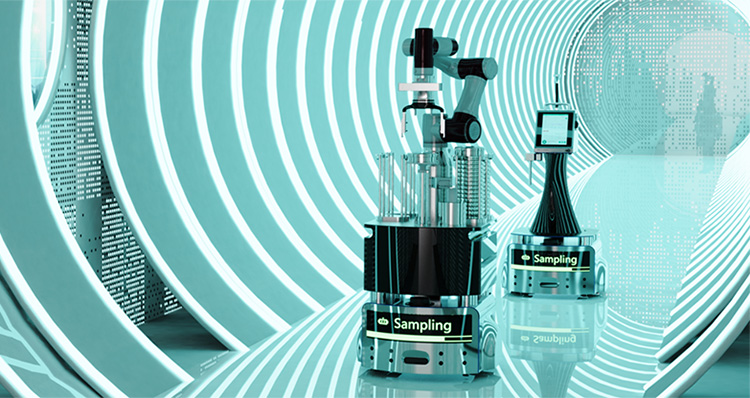The full charge of the EMC Robot system is 624Wh, and the actual working time needs to consider the power consumption of the function modules on board.
For example, the aerosol particle counter module equipped with 100PLM consumes 50W of power in the chassis and 25W in the function module. The average power consumption in actual operation is about 60W, which can work for 8.5 hours when 20% of the power is retained for the back pile charging, and the sampling amount is also affected by the distance of each site and the sampling scheme.
Rough estimate: At full power, a particle counter equipped with 100LPM can complete at least 50,000L of air sampling at a time. For the clean environment of ISO14644 class 7, it is possible to complete the sampling of a single clean room of 18500 square meters (1000L per site, sampling 50 sites).


